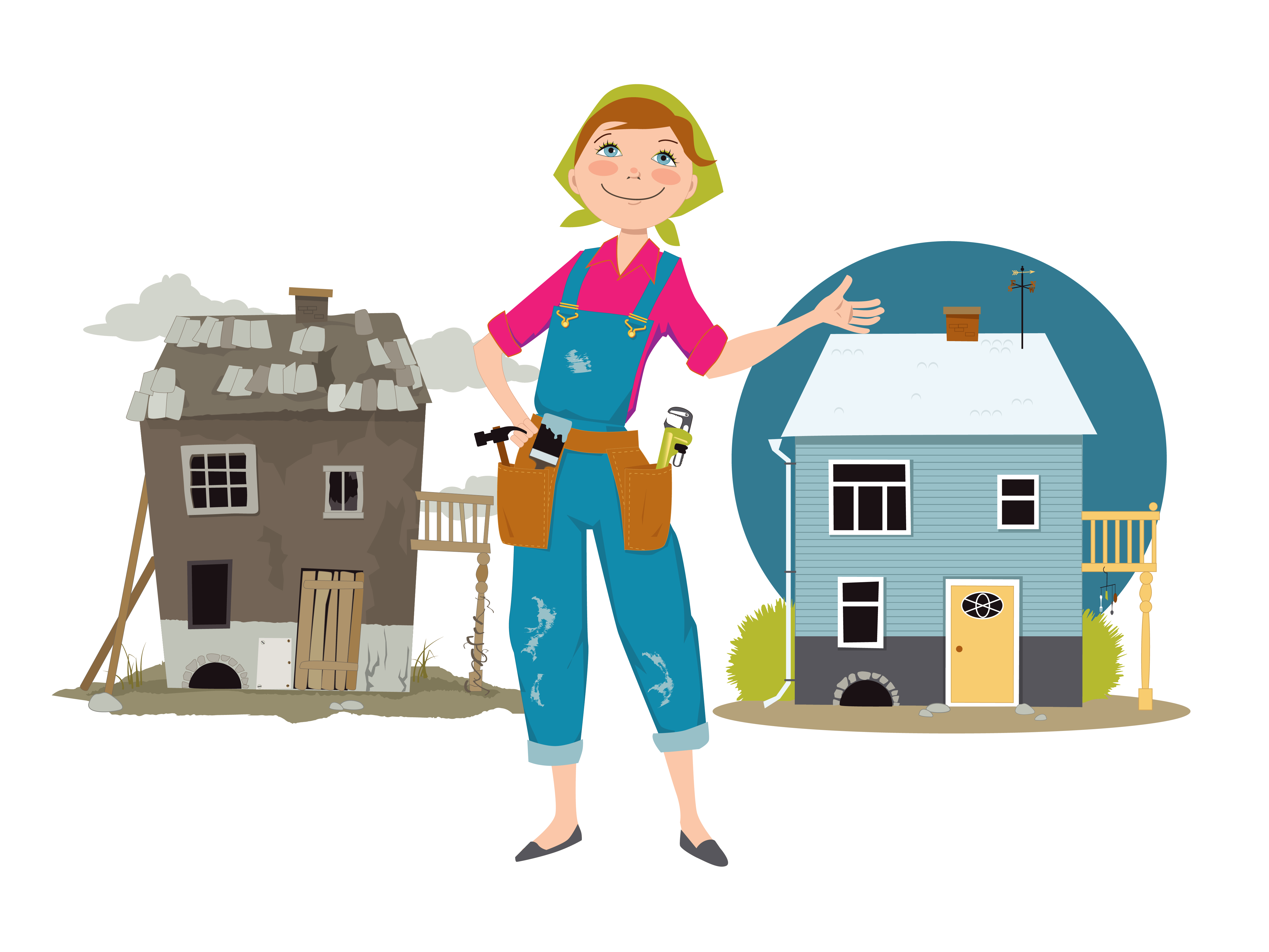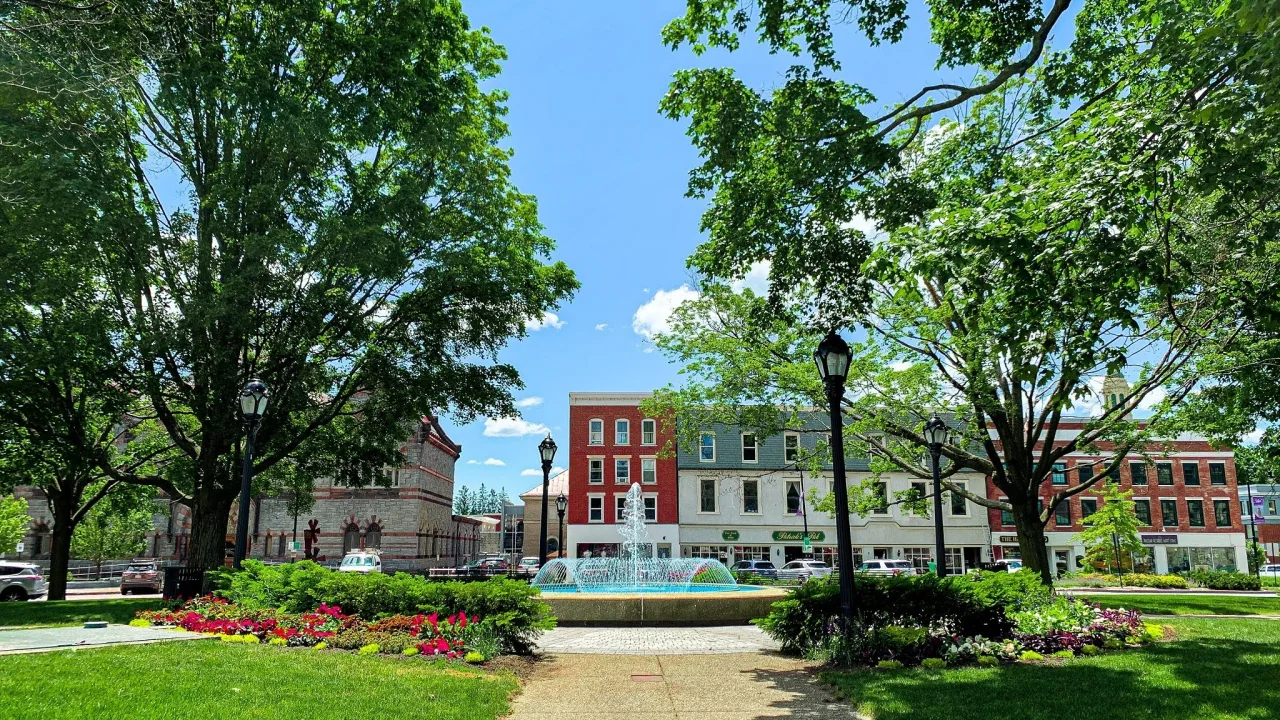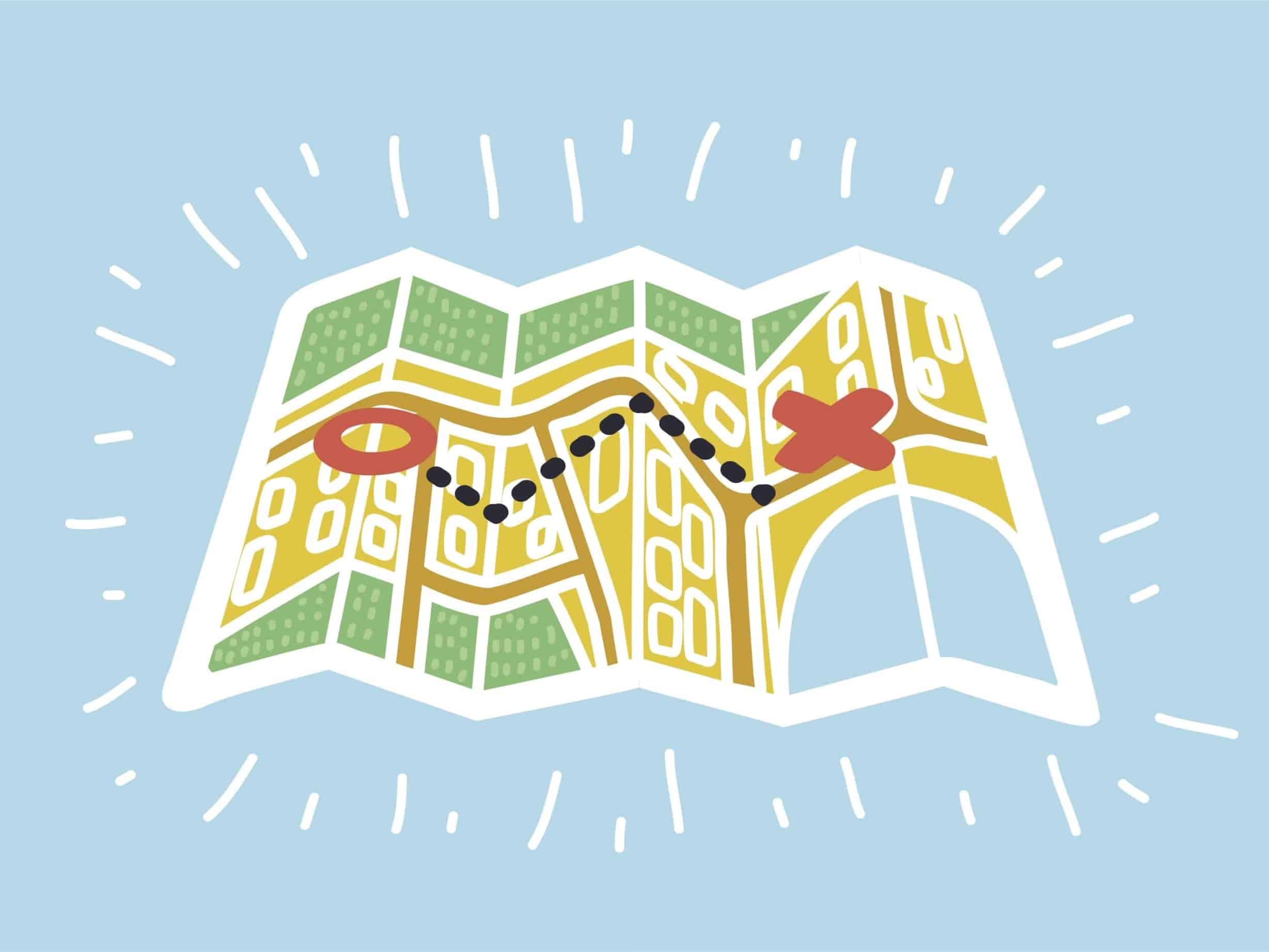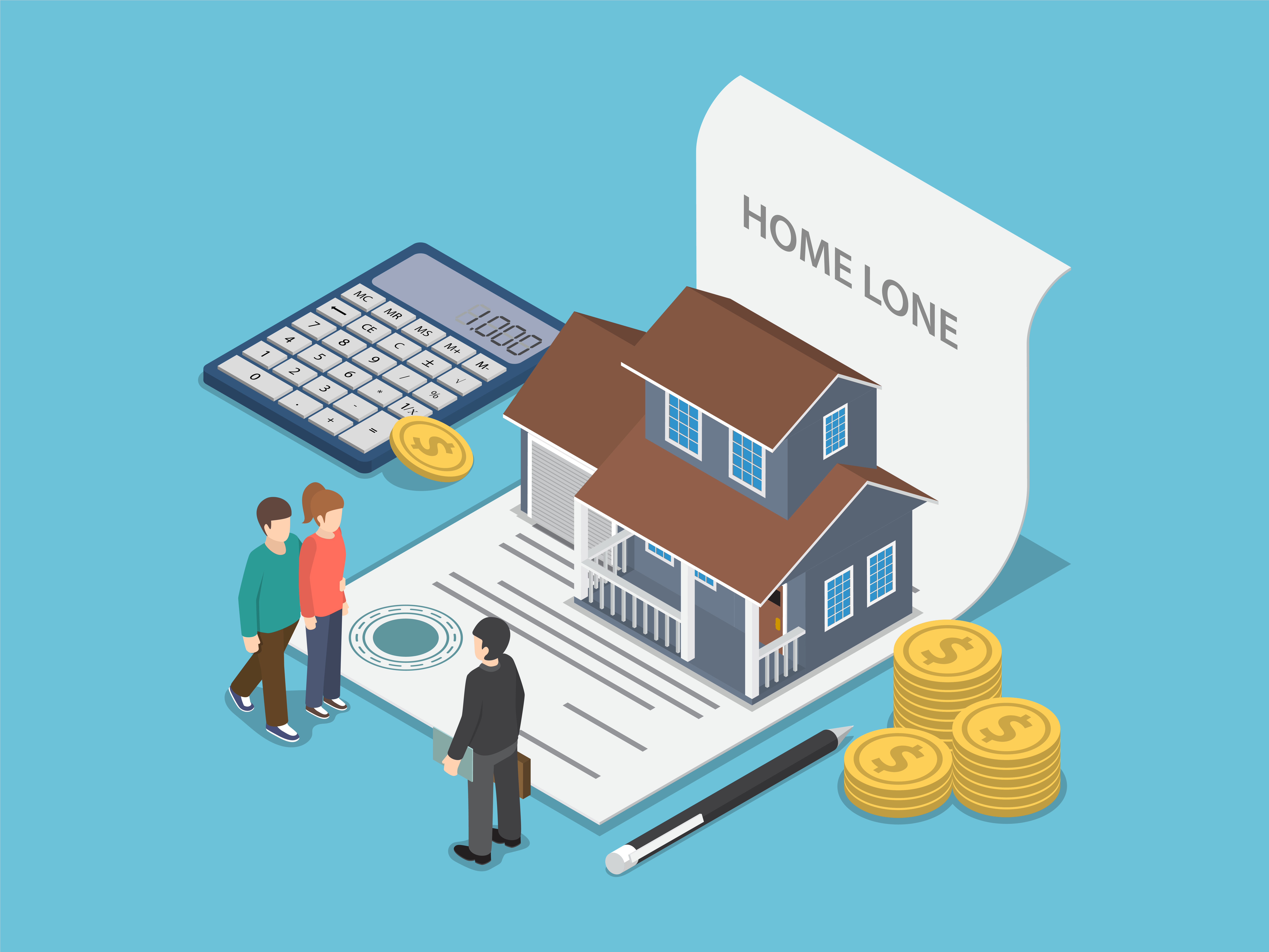What is a fix and flip loan?
In a tight housing market, such as the one we’re in right now, demand is high and supply is low. Even with available new construction, there is a need for older homes on the market. But, to entice buyers to your home, it needs to be turnkey. Prices for lumber, plumbing materials, concrete, and roofing are rising fast. So homeowners wanting to fix up their homes and flip them to new buyers are looking for help.
Enter the fix-and-flip loan.
This loan type is perfect for the investor that wants to buy a home “as-is” and take it to the next level, sell it, and pocket the cash. According to Keith Lind, executive chairman and president of Acra Lending, as quoted in this article on HousingWire,
“Not everyone can afford a brand-new construction home, given where home prices are. It’s more affordable to go the route of working with someone who’s selling homes that have been renovated. We think this is a more economical decision for homeowners, a much bigger opportunity than new-build construction in the U.S.”
The idea is that an investor buys the house with a fix-and-flip loan, makes the repairs and upgrades, and gets it right back on the market … say within 9 months. These short-term loans are used by real estate investors to purchase the home, improve the property and then sell it for a profit. Improvements might be anything from minor improvements to full-blown rebuilds. Sometimes the properties come through auctions or foreclosures and short sales rather than traditional on-market listings.
What can you use a fix-and-flip loan for?
Typically, fix-and-flip loans are for:
- Initial purchase: when a buyer finds a deal on a distressed property and can make the renovations quickly for a speedy resale.
- Making renovations: when a borrower finds an older residential home that needs upgrades such as plumbing, electrical, paint, cabinetry, hardware and fixtures, lighting, and roofing.
- New construction: in this situation, the borrower buys vacant land or an old, damaged, or dilapidated home, tears it down and builds, perhaps, 2 or more new residential units on this property with the intent to sell them.
Advantages of fix-and-flip loans
These loans have several advantages for serious investors. Since the property serves as collateral, these are secured investments. They are short loans, too—typically 12 – 24 months (or even less). And most often there is no penalty for early repayment. Finally, these loans usually ebb and flow on their own supply and demand rather than following the ups and downs of the stock markets.
Types of fix-and-flip loans
Depending on your financial circumstances, the property you intend to purchase, and your experience in flipping houses, there are varied loan options. These have diverse interest rates and fees, qualifications, due dates, etc. But the main two choices are “hard money loans” and “bridge” loans. A hard money loan is a short-term option to finance using the property as collateral. These loans have choices in how the loan repayment plan is structured too. Bridge loans are the more typical fix-and-flip loan where the loan is secured by real estate assets that gives the borrower immediate access to capital. There are loans that are both hard money and bridge in combination, too.
You can learn more about types of fix-and-flip loans here and here.
If you’re an investor looking for homes to flip, we can help you find the perfect investment property.
Check out these “as-is” homes for investors on the market right now.









